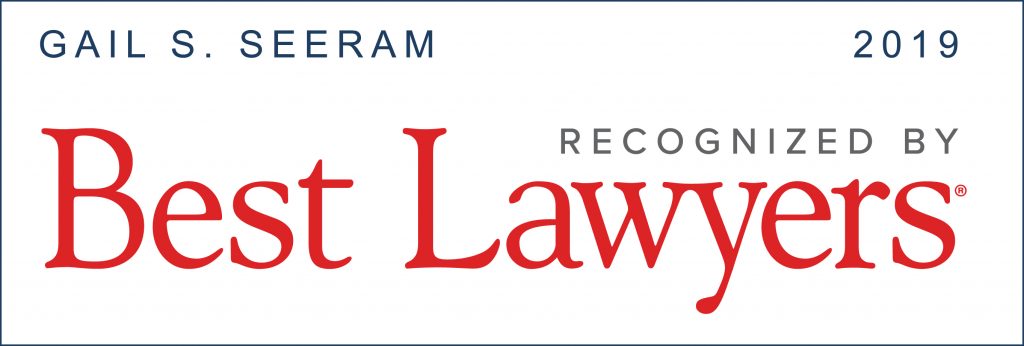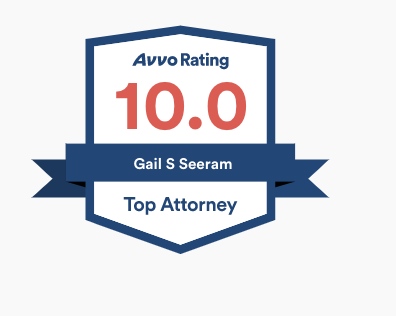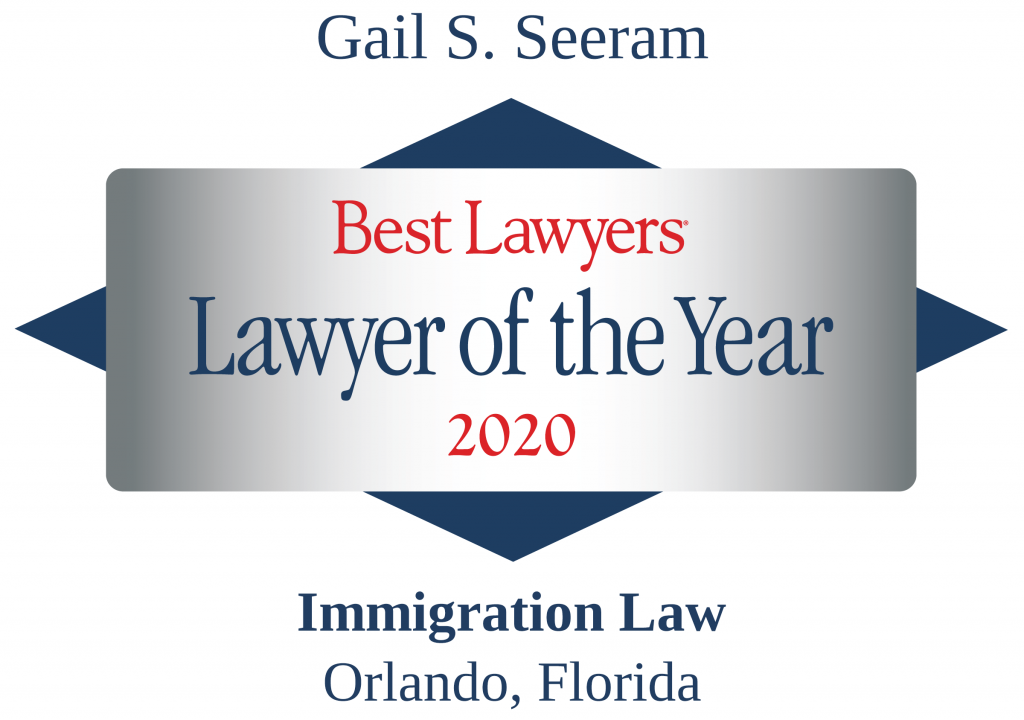 Attorney General’s decision in Matter of L-A-B-R-, limits the discretion of the immigration judges to grant motion for continuance. In Matter of L-A-B-R- et al., 27 I&N Dec. 245 (A.G. 2018), the Attorney General referred the decisions of the Board of Immigration Appeals to himself for review. An Immigration Judge is authorized to “grant a motion for continuance for good cause shown.” 8 C.F.R. § 1003.29 (2017). Under what circumstances does “good cause” exist for an Immigration Judge to grant a continuance for a collateral matter to be adjudicated?”
Attorney General’s decision in Matter of L-A-B-R-, limits the discretion of the immigration judges to grant motion for continuance. In Matter of L-A-B-R- et al., 27 I&N Dec. 245 (A.G. 2018), the Attorney General referred the decisions of the Board of Immigration Appeals to himself for review. An Immigration Judge is authorized to “grant a motion for continuance for good cause shown.” 8 C.F.R. § 1003.29 (2017). Under what circumstances does “good cause” exist for an Immigration Judge to grant a continuance for a collateral matter to be adjudicated?”
What is a motion for continuance? A continuance or adjournment is a docket-management tool that an Immigration Judge (IJ) may utilize to move an upcoming hearing from one scheduled date to another or to pause an ongoing hearing and move it to a future date. Basically a continuance is a postponement or rescheduling of a hearing date to a future date.
When should you ask for a continuance? Motion for Continuance may be requested in a variety of circumstances, including, but not limited to, the following:
1. To request time for the respondent to acquire an attorney;
2. To request time for attorney preparation or evidence-gathering;
3. When a medical problem or other emergency prevents either the respondent or the attorney from appearing at a hearing;
4. When either the attorney or the respondent has an unexpected conflict with a hearing;
5. When the respondent is awaiting adjudication of a form of relief outside of immigration court, such as an I-130 Petition for Alien Relative or any USCIS-adjudicated application;
6. When the respondent is not competent to proceed;
7. To pursue a family court order when seeking Special Immigrant Juvenile Status;
8. To await the outcome of a pending direct appeal of a criminal conviction;
9. To await the outcome of pending post-conviction relief; or
10. To give DHS the opportunity to correct a defective or incomplete Notice to Appear (“NTA”) and to permit the respondent an opportunity to respond to the new charges.
As with all continuances, the party requesting the continuance—in these examples, the respondent—bears the burden of proof to show good cause for the continuance.
What is the difference between a motion for continuance and motion for administrative closure? Administrative closure is a docket management tool in which a case currently pending in immigration court or at the BIA is removed from the court docket. Unlike a continuance, an administratively closed case remains off the court’s active docket until either the respondent or DHS moves to “recalendar” it to the active docket.
For more information on Motion for Continuance,
text | whatsapp | call 407-292-7730 or email gail@gaillaw.com
FREE phone & in-office consultation – FREE Live Chat www.GailLaw.com
Copyright © 2018, Law Offices of Gail S. Seeram. All Rights Reserved.













